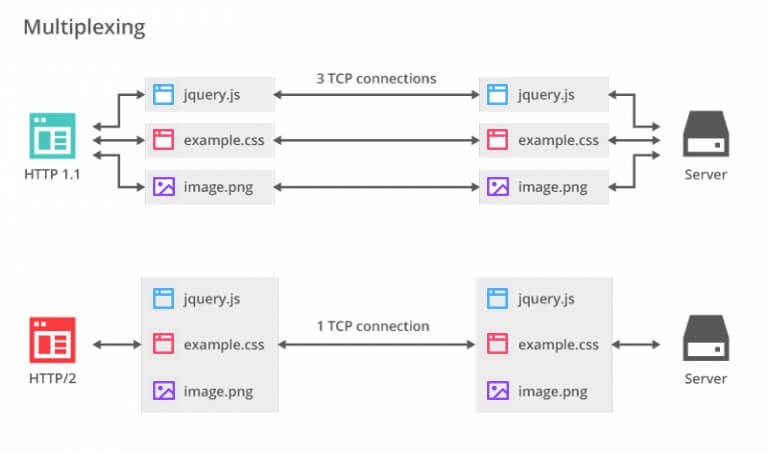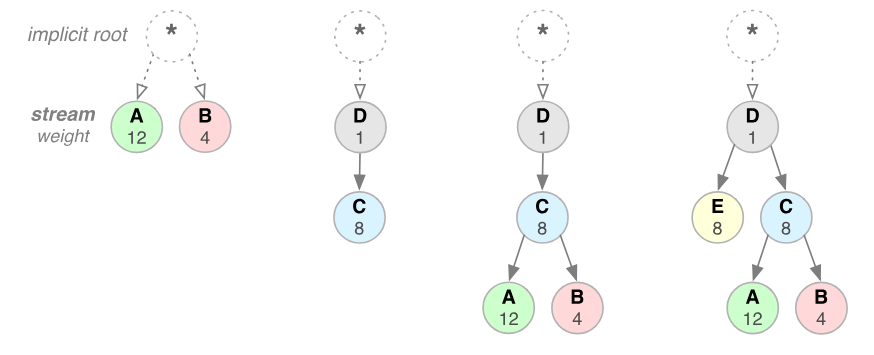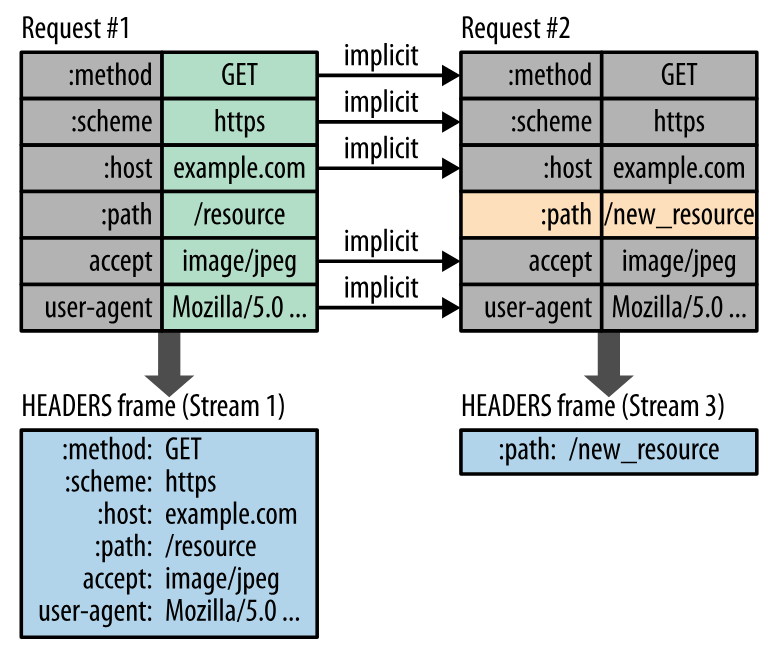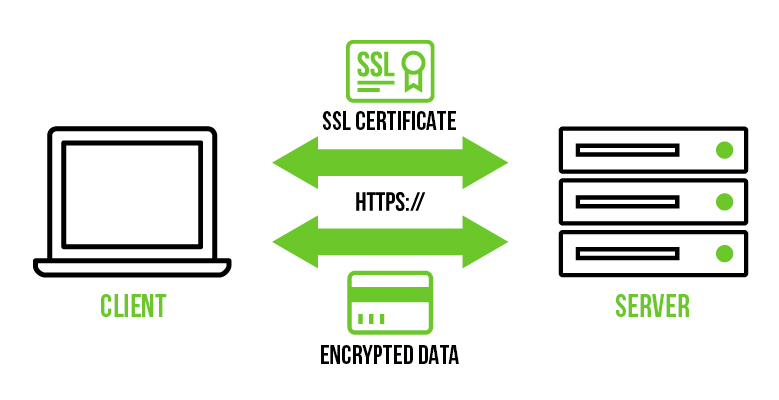From the beginning of the 21st century, with a great demand for technology, the amount of data and information we generate has become huge. Just so you get the picture, studies show that the content generated in the digital world is doubling every two years.
We call this huge volume of data generated on a daily basis Big Data, a term that is increasingly discussed today. From this massive amount of information, comes the opportunity for analysis to generate valuable insights and, through them, help companies and government agencies in decision-making.
In general, Big Data analysis aims to discover hidden patterns, unknown correlations and other useful information that can be used for better decision-making. Therefore, the advantages of data analysis are several, as you can see below.
What are the advantages of Big Data?
The first overall advantage of Big Data is that its technologies give us the ability to interpret large amounts of data at once. With the speed that Big Data can perform analysis, answers are presented to us in a significantly short time.
The second advantage is the ability to analyze unstructured data. Of all the data in the world that has been generated in recent years, it is estimated that 90% is in unstructured formats, such as email, text documents, social media, etc. This capacity to work with unstructured information allows Big Data to analyze different sources, thus increasing its scope.
The third overall advantage is the ability to interpret event trends, helping to visualize future situations. These trends can be economic, product acceptance, or even climatic.
Going a step further, Big Data also has specific perks. To better understand, here goes some examples used by companies from different segments, thus highlighting the advantages of Big Data in different business sectors:
- Financial services: through data analysis, many financial institutions monitor the emotional manifestations of customers on social media, diagnosing dissatisfactions in advance and gaining time to neutralize them before people migrate between institutions, or close accounts, in the case of banks.
- Retail: through data collection and analysis, retail companies often identify customer buying habits and preferences, as well as social and demographic information. With this, they increase sales numbers and develop more attractive loyalty programs. Another example is collecting data from former customers and crossing it with data from products they prefer: discounts on specific products are generated from this, attracting them back.
- Health: the generation of clinical information reinforces precision medicine, allowing for much more accurate diagnoses. In addition, Big Data can help by monitoring the manifestations of a population on social networks and, in this way, predicting possible cases of outbreaks of epidemics and giving health institutions time to adapt.
- Public sector: by crossing people’s data through different sources, public officers can identify scenarios of revenue diversion, money laundering or other financial crimes. Another perk of Big Data is the ability to monitor the population’s level of satisfaction, generating insights for the implementation of new projects or solutions for the detected problems (which would hardly come to the attention of public authorities through traditional communication channels).
- Teaching: Data analytics can help educators identify at-risk students, ensure appropriate student progress, and implement better assessment and support for teachers and principals.
- Manufacturing: through the visibility provided by Big Data, manufacturers can increase the quantity and quality of production, minimizing waste, creating value and contributing to the profitability of their businesses.
In conclusion
Data grows exponentially and, when analyzed and well explored, provides concrete and relevant information to decision makers. The concept of Big Data brings with it all the potential to obtain business insights, which, consequently, will help the company in the task of anticipating the needs of its customers and market.
The concept of Big Data has gained strength, but it is still not as explored as it should be. As shown, there are several advantages obtained when we leave theory because, based on data and concrete information, we can make informed decisions and become able to respond quickly to changes in an extremely competitive environment.
Talking about Big Data is also entering Industry 4.0. If you want to know more about the subject, enjoy being here and read the article Industry 4.0 and how software can help your company. But first, tell us what you think of this post about Big Data and, of course, feel free to share it with your colleagues.
Also, don’t forget: access the Neomind Blog and learn about our other materials!
ReferencesGeoinova, SAS, Unipar, Administrators, Big Data Business and Info Wester








